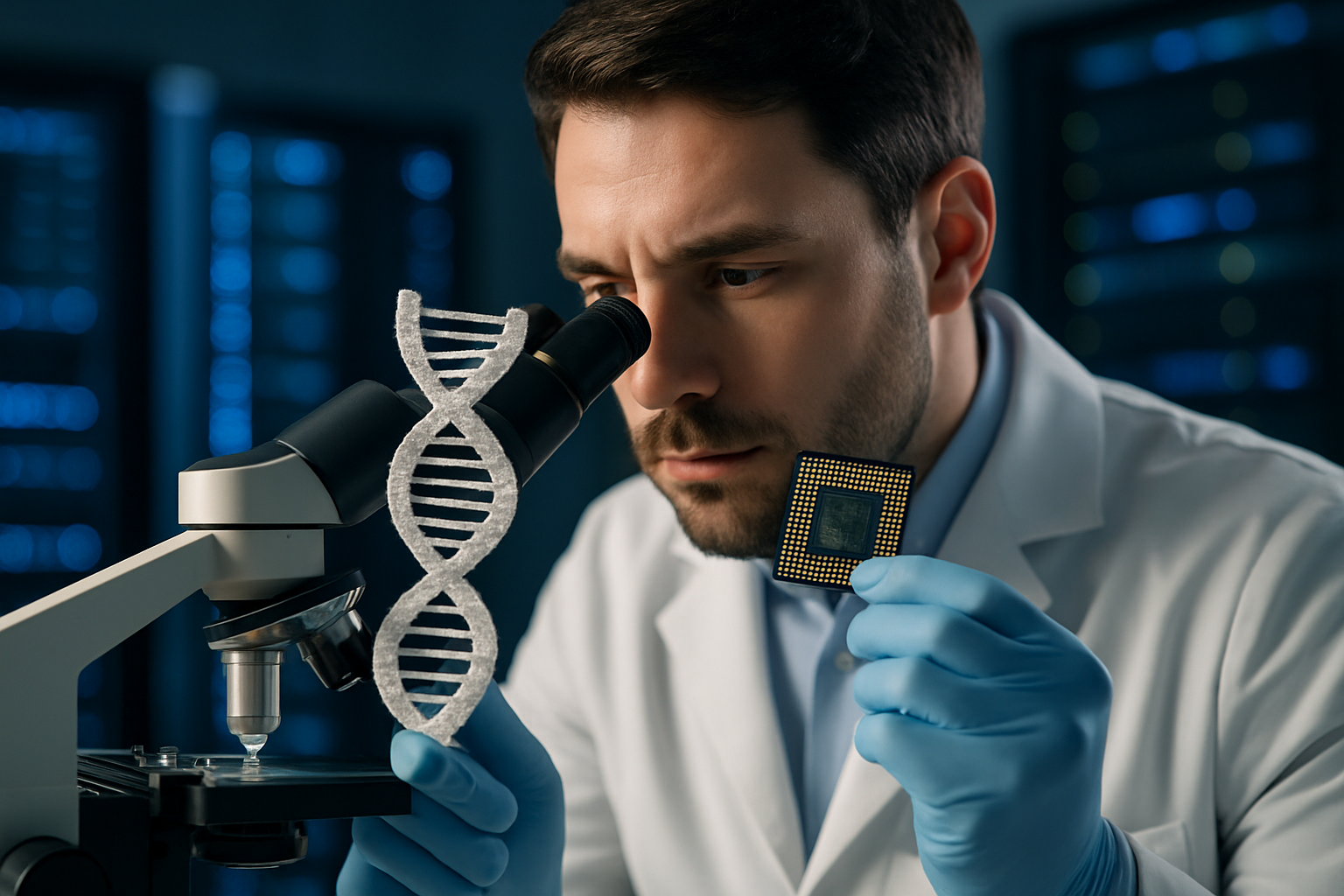Navigating the Legal Landscape of Synthetic Biology
Introduction: The rapidly evolving field of synthetic biology presents a complex web of legal and ethical challenges. As scientists push the boundaries of genetic engineering and artificial life creation, lawmakers and policymakers grapple with regulating this emerging frontier. This article explores the current legal framework surrounding synthetic biology and the pressing issues that demand attention.

The origins of synthetic biology can be traced back to the discovery of DNA’s structure in the 1950s. However, it wasn’t until the early 2000s that the field truly began to take shape. The completion of the Human Genome Project in 2003 provided a crucial foundation, offering scientists a comprehensive map of human DNA. This breakthrough, coupled with advancements in DNA synthesis and sequencing technologies, paved the way for more ambitious genetic engineering projects.
Current Legal Framework
The legal landscape surrounding synthetic biology is still in its infancy, with existing regulations often struggling to keep pace with rapid scientific advancements. In the United States, the primary agencies overseeing synthetic biology research and applications are the Environmental Protection Agency (EPA), the Food and Drug Administration (FDA), and the Department of Agriculture (USDA).
The Coordinated Framework for the Regulation of Biotechnology, established in 1986 and updated in 2017, provides the basic structure for these agencies to regulate biotechnology products. However, this framework was not specifically designed with synthetic biology in mind, leading to potential gaps in oversight.
Internationally, the regulation of synthetic biology varies widely. The European Union, for instance, has adopted a more precautionary approach, with stringent regulations on genetically modified organisms (GMOs) that also apply to many synthetic biology products. In contrast, countries like China and Singapore have more permissive regulatory environments, potentially accelerating research and development in this field.
Intellectual Property Challenges
One of the most contentious legal issues in synthetic biology revolves around intellectual property rights. The question of whether artificially created genetic sequences can be patented has been the subject of intense debate and litigation. In the landmark case of Association for Molecular Pathology v. Myriad Genetics, Inc. (2013), the U.S. Supreme Court ruled that naturally occurring DNA sequences cannot be patented, but synthetic complementary DNA (cDNA) can be.
This decision has far-reaching implications for the synthetic biology industry. While it protects naturally occurring genetic information as part of the public domain, it also allows for the patenting of artificially created genetic sequences. This balance aims to foster innovation while preventing the monopolization of fundamental genetic information.
However, the rapid pace of advancement in synthetic biology continues to challenge existing patent laws. As researchers create increasingly complex artificial biological systems, questions arise about the patentability of these creations and the appropriate scope of intellectual property protection.
Biosafety and Biosecurity Concerns
The potential risks associated with synthetic biology have prompted calls for stricter regulations to ensure biosafety and biosecurity. Concerns range from the accidental release of engineered organisms into the environment to the deliberate misuse of synthetic biology techniques for bioterrorism.
In response to these concerns, the U.S. government has implemented measures such as screening orders for synthetic DNA sequences against databases of known pathogens. However, critics argue that these measures are insufficient given the potential risks involved.
Internationally, the Cartagena Protocol on Biosafety, which entered into force in 2003, provides a framework for the safe handling, transport, and use of living modified organisms resulting from modern biotechnology. However, the protocol’s applicability to some synthetic biology products remains unclear, highlighting the need for updated international agreements.
Ethical and Social Implications
The legal challenges of synthetic biology extend beyond technical regulations to encompass broader ethical and social considerations. Questions about the moral status of artificially created life forms, the potential for human enhancement, and the equitable distribution of synthetic biology benefits all have legal implications.
Some jurisdictions have begun to address these issues. For example, in 2015, the European Group on Ethics in Science and New Technologies published an opinion on the ethics of synthetic biology, calling for a comprehensive ethical framework to guide research and applications in this field.
In the United States, the Presidential Commission for the Study of Bioethical Issues released a report in 2010 on the ethical considerations of synthetic biology. The report emphasized the need for ongoing assessment of risks and benefits, as well as public engagement in shaping policies.
The Path Forward
As synthetic biology continues to advance, the legal system must evolve to address new challenges while fostering innovation. This may require the development of new regulatory frameworks specifically tailored to synthetic biology, as well as international cooperation to harmonize regulations across borders.
Policymakers will need to strike a delicate balance between encouraging scientific progress and ensuring public safety. This may involve implementing more robust risk assessment protocols, creating clearer guidelines for the patenting of synthetic biological creations, and establishing mechanisms for ongoing ethical review of synthetic biology applications.
Furthermore, increased public engagement and education about synthetic biology will be crucial in shaping informed policies and building trust in this emerging field. As the legal landscape of synthetic biology continues to evolve, it will undoubtedly play a critical role in determining the future trajectory of this transformative technology.





